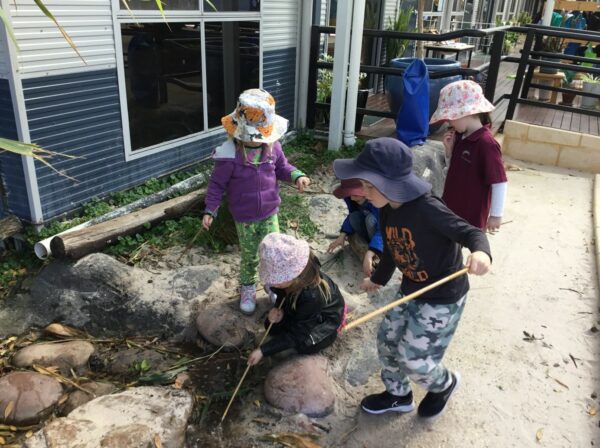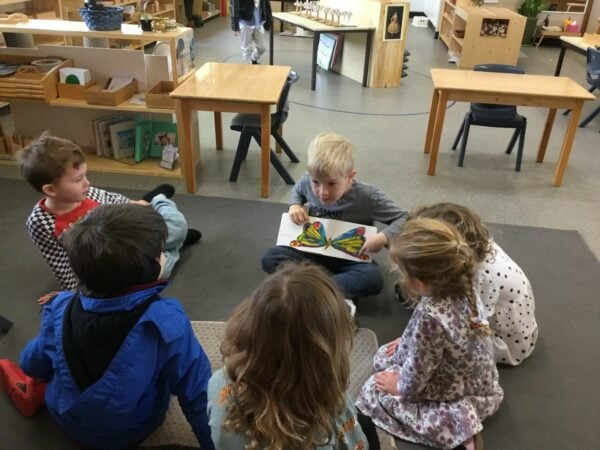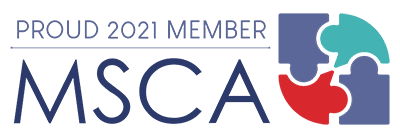The Penguins class started with five children in February and has now grown to 14 children. We have welcomed each child and their families to our community. We have now a variety of ages and learning levels in the classroom which benefits the children’s development and learning. The older children have been responsible role models for the new and younger children. We have been focusing on a community where the children learn from each other, care for their community and work together cooperatively rather than competitively.
Research in neuroscience has also shown the value of multi-age groupings in educational settings: “A school of the future will be structured around multi-age classes within a vertical curriculum structure that has children moving between academic levels for different subjects as needs be. Since brain development is driven by life experiences, rather than chronological age per se, individual children’s learning needs are best addressed by having them engage in the appropriate curriculum for their stage of learning readiness” (by Geake (2009:184).
Listed below are some of the benefits that a multi-age classroom has:
- the opportunity to experience three roles i.e. being the youngest, in the middle and the oldest, and the time to develop appropriate behaviours for all three roles
- exposure to a diversity of talents, aptitudes and interests, and a wide curriculum beyond a single year
- participation in peer teaching
- experience of appropriate behaviour and, teaching and learning modelled from a broad age range of their peers
- development of self-esteem and a greater understanding of community responsibility from roles as leaders in the group
- groupings of similar interests and learning needs from across the age groups working together at their own pace
- work in an environment prepared for a broad age range, so students can see the whole progression of the curriculum for their group, progress independently in areas of strength and also revisit areas of knowledge comfortably as required
- younger children observe materials and procedures used by older children, so they already have some familiarity with the materials, procedures and knowledge before the teacher gives them the lesson directly



